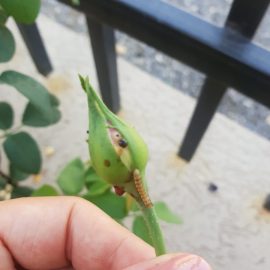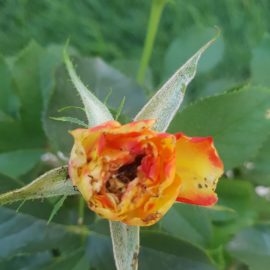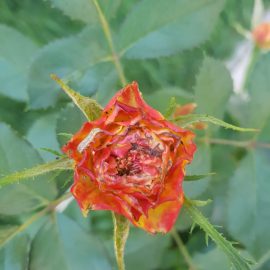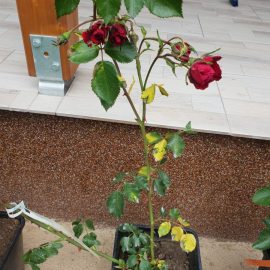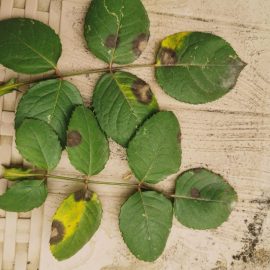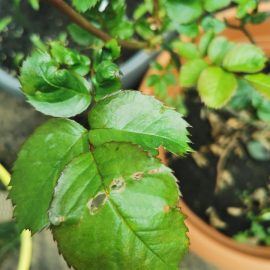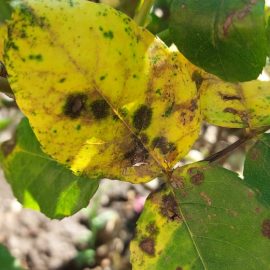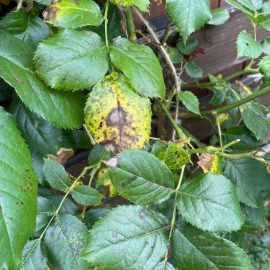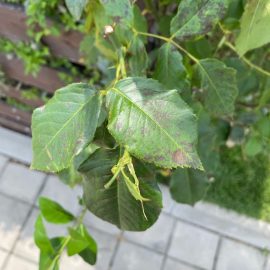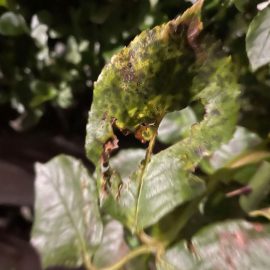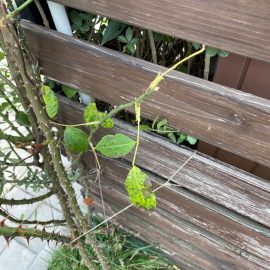Roses, planting guide and care work
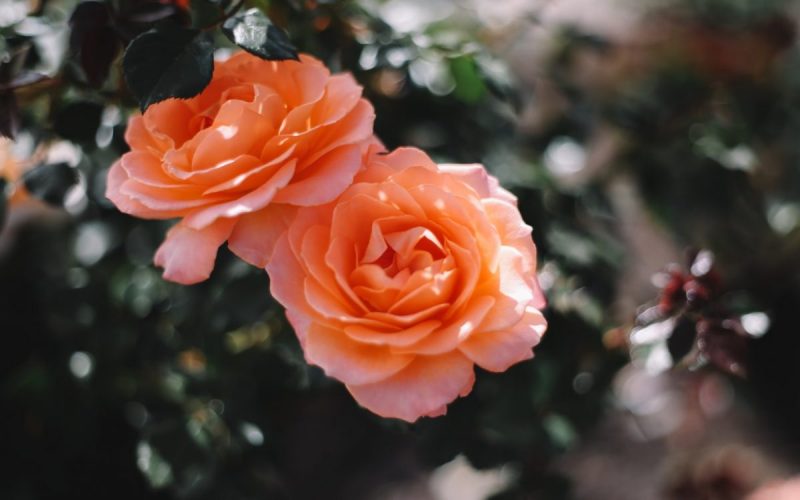
Roses are flowering plants that grow in the form of a shrub, are part of the genus Rosa, Rosaceae family. About 300 species of roses and thousands of hybrids are known. Many specimens are native to Asia, but there are several species originating in Europe, North America, and Africa.
Depending on the species, they can grow straight, upwards-oriented, as climbing or creeping plants. They can reach heights between 0.3 and 5 m and have thorny stems, with alternately arranged leaves. They have the stipules arranged at the base. They are long, feather-like, made of leaflets with serrated edges. Most species have solitary flowers, with numerous petals, variously colored, fragrant. During the vegetative growth period, they can bloom once or several times. The fruits are called rosehips, have an intense red color, are abundant in some species, and are absent in others, due to the dense petals that do not allow pollination. Inside the rosehips, there are between 5 and 160 seeds, wrapped in a tissue made up of fine but rigid threads.
Classification
By build and various uses, roses can be grouped into:
- garden roses;
- roses for parks and landscaping;
- potted roses;
- climbing roses;
- tree roses;
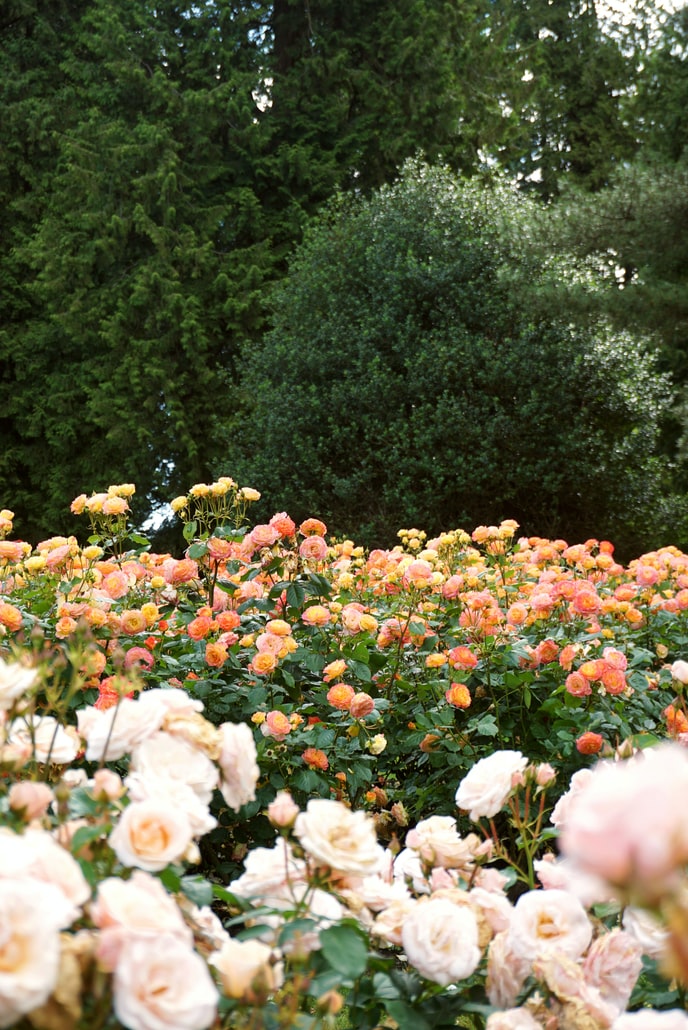
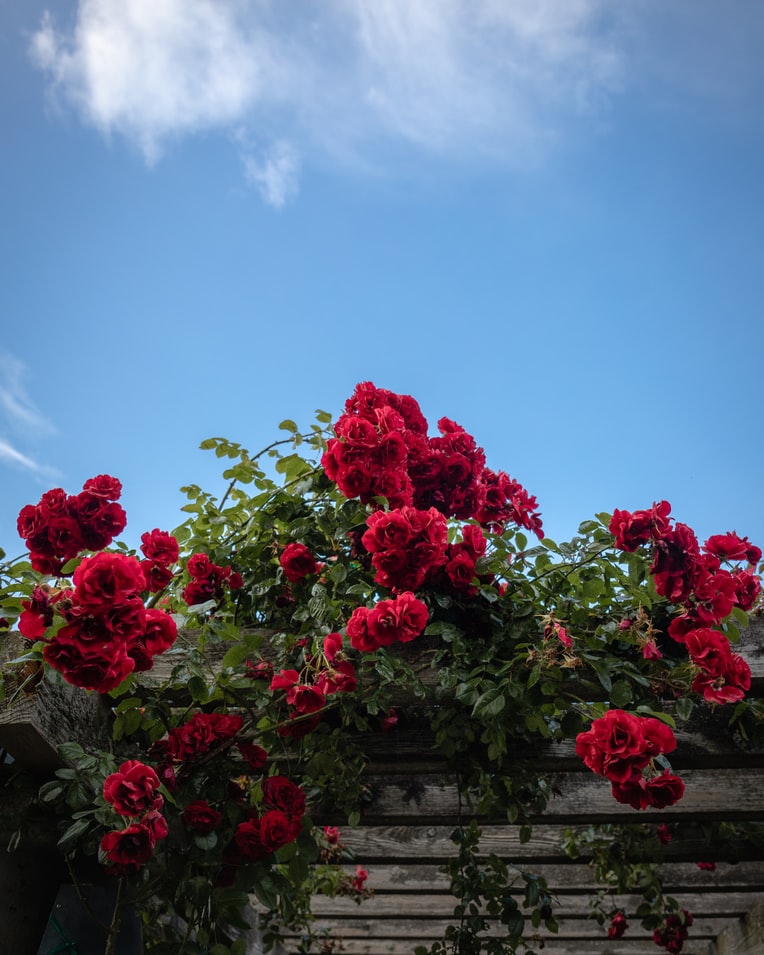
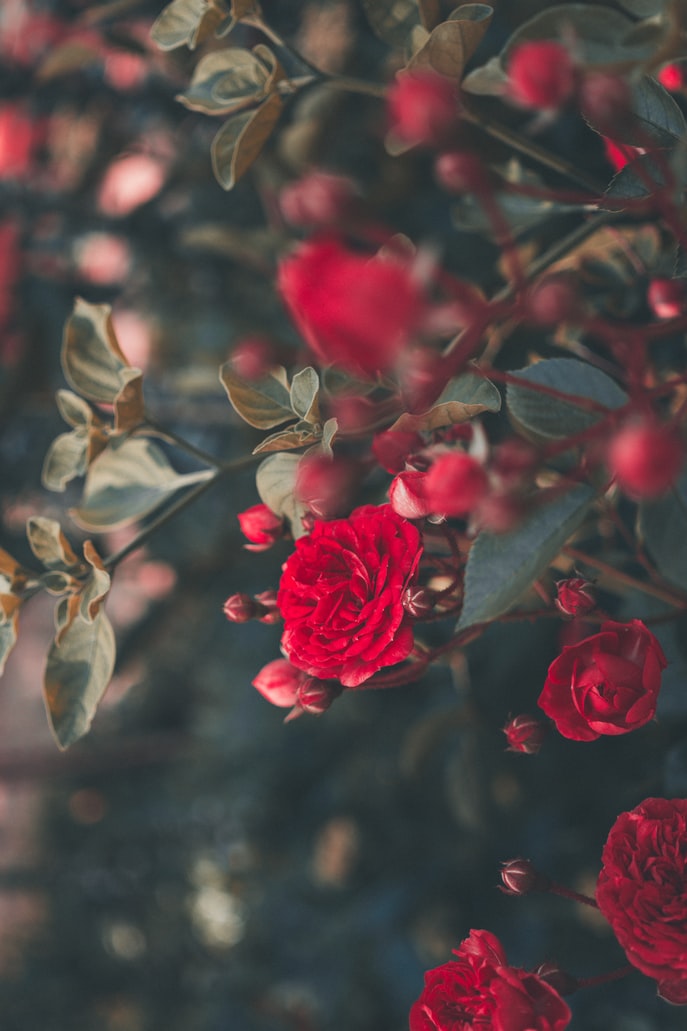
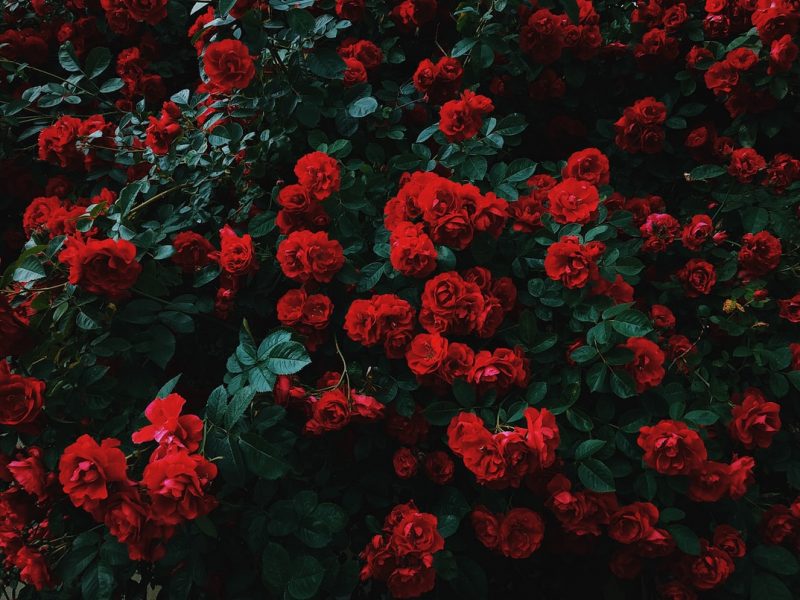
Care
Light. They are light-loving plants, so it is recommended to plant them in sunny places – for optimal development and rich flowering.
Temperature. Temperature requirements differ from species to species. The species designed for parks and climbing roses are more resistant to low temperatures, up to -30° C.
Soil. They grow optimally in damp, fertile, and light soil, which allows good drainage of water. A loamy or a clayey-loamy soil with a slightly acidic to neutral pH is preferred.
Watering. During the vegetative growth period, they have high requirements for humidity. Frequent rains or watering can damage the appearance of flowers in some varieties and cause diseases – it is recommended that you water the soil, and use a spraying setting, only when necessary.
Fertilizing. Fertilizing roses is essential for optimal development and abundant flowering. Thus, every year or once every two years, in autumn, fertilizer should be administered by incorporating in the soil cured manure. In addition to organic fertilization, throughout the period of vegetative growth, granular or liquid chemical fertilizers (specially designed for roses) should be administered.
Recommended products
-
You can find products on a different store
Change Store -
You can find products on a different store
Change Store -
You can find products on a different store
Change Store -
You can find products on a different store
Change Store -
You can find products on a different store
Change Store -
You can find products on a different store
Change Store -
You can find products on a different store
Change Store -
You can find products on a different store
Change Store -
You can find products on a different store
Change Store -
You can find products on a different store
Change Store -
You can find products on a different store
Change Store -
You can find products on a different store
Change Store -
You can find products on a different store
Change Store -
You can find products on a different store
Change Store -
You can find products on a different store
Change Store -
You can find products on a different store
Change Store -
You can find products on a different store
Change Store -
You can find products on a different store
Change Store -
You can find products on a different store
Change Store -
You can find products on a different store
Change Store -
You can find products on a different store
Change Store -
You can find products on a different store
Change Store -
You can find products on a different store
Change Store -
You can find products on a different store
Change Store
Pruning. Depending on the natural shape, different shape correction cuts should be done. Thus, for park and spontaneous roses, pruning is not mandatory. It is recommended only to remove the dry branches or those inside the shrub. In the case of climbing roses, the branches older than 2 years have to be removed and the flowering branches should be shortened. Garden roses require only light pruning – weakened, diseased, dry branches or branches that are older than 3 years have to be removed.
Recommended products
-
You can find products on a different store
Change Store -
You can find products on a different store
Change Store -
You can find products on a different store
Change Store -
You can find products on a different store
Change Store -
You can find products on a different store
Change Store -
You can find products on a different store
Change Store -
You can find products on a different store
Change Store -
You can find products on a different store
Change Store -
You can find products on a different store
Change Store -
You can find products on a different store
Change Store -
You can find products on a different store
Change Store -
You can find products on a different store
Change Store -
You can find products on a different store
Change Store -
You can find products on a different store
Change Store -
You can find products on a different store
Change Store -
You can find products on a different store
Change Store -
You can find products on a different store
Change Store -
You can find products on a different store
Change Store -
You can find products on a different store
Change Store -
You can find products on a different store
Change Store -
You can find products on a different store
Change Store -
You can find products on a different store
Change Store -
You can find products on a different store
Change Store -
You can find products on a different store
Change Store
Planting
After shaping and dipping the roots in wet soil, the roses have to be planted individually, at certain distances – the distances differ depending on the build. After that, they are ridged and uncovered after the new shoots have reached the length of 5-10 cm. It is recommended to mulch the soil with sawdust or well-rotten manure. For vigorous plant growth, it is advisable to remove the buds that appear during the first year.
Recommended products
-
You can find products on a different store
Change Store -
You can find products on a different store
Change Store -
You can find products on a different store
Change Store -
You can find products on a different store
Change Store -
You can find products on a different store
Change Store -
You can find products on a different store
Change Store -
You can find products on a different store
Change Store -
You can find products on a different store
Change Store -
You can find products on a different store
Change Store -
You can find products on a different store
Change Store -
You can find products on a different store
Change Store -
You can find products on a different store
Change Store -
You can find products on a different store
Change Store -
You can find products on a different store
Change Store -
You can find products on a different store
Change Store -
You can find products on a different store
Change Store -
You can find products on a different store
Change Store -
You can find products on a different store
Change Store -
You can find products on a different store
Change Store -
You can find products on a different store
Change Store -
You can find products on a different store
Change Store -
You can find products on a different store
Change Store -
You can find products on a different store
Change Store -
You can find products on a different store
Change Store
Propagation
Roses can be propagated through seeds, grafting, dry cuttings, or green cuttings.
- only spontaneous species (Rosa canina) can be propagated through seeds.
- grafting is done in the case of some varieties, on rootstocks of spontaneous species, the most used being Rosa canina.
- propagation through cuttings is the most common method, especially in the case of garden roses.
Green cuttings – the cuttings are harvested from semi-lignified shoots, which have to be rooted in hotbeds, in June-July.
Dry cuttings – the most applied method for obtaining plants with roots. It is recommended to plant the cuttings in the ground during March-April.
Roses that are propagated through cuttings do not produce root suckers, but are more sensitive to frost and have a lower resistance.
Recommended products
-
You can find products on a different store
Change Store -
You can find products on a different store
Change Store -
You can find products on a different store
Change Store -
You can find products on a different store
Change Store -
You can find products on a different store
Change Store -
You can find products on a different store
Change Store -
You can find products on a different store
Change Store -
You can find products on a different store
Change Store -
You can find products on a different store
Change Store -
You can find products on a different store
Change Store -
You can find products on a different store
Change Store -
You can find products on a different store
Change Store -
You can find products on a different store
Change Store -
You can find products on a different store
Change Store -
You can find products on a different store
Change Store -
You can find products on a different store
Change Store -
You can find products on a different store
Change Store -
You can find products on a different store
Change Store -
You can find products on a different store
Change Store -
You can find products on a different store
Change Store -
You can find products on a different store
Change Store -
You can find products on a different store
Change Store -
You can find products on a different store
Change Store -
You can find products on a different store
Change Store
Pests and diseases
Roses can be attacked by aphids, thrips, mites, scale insects, etc., and diseases such as rust, powdery mildew, black spot and others.
Winter protection
It is for species that are less resistant to low temperatures, and it is done through ridging. Climbing roses and those with trunks have to be wrapped using special materials.
In addition:
- sometimes, the discoloration of the leaves can be a cause of nutrient deficiencies (iron, magnesium). This phenomenon is called “chlorosis” and can be corrected by applying special fertilizers.
- rosehip fruits have a very high content of vitamin c, being used in teas, medicines, etc.














































































































































































































































































































































































































































